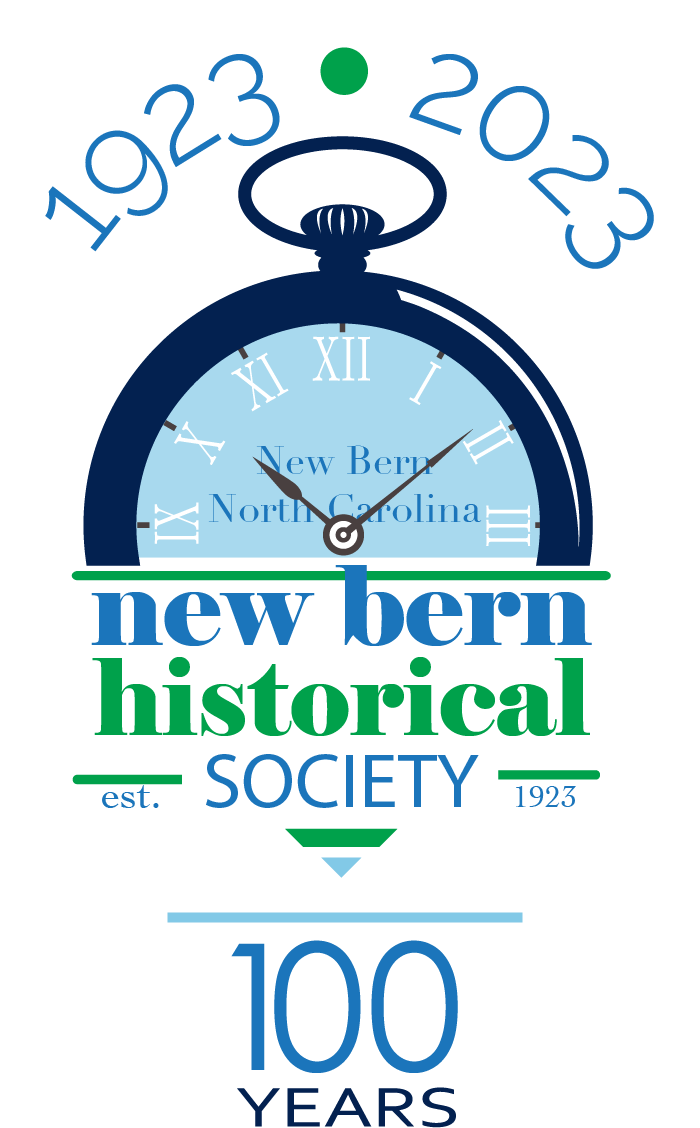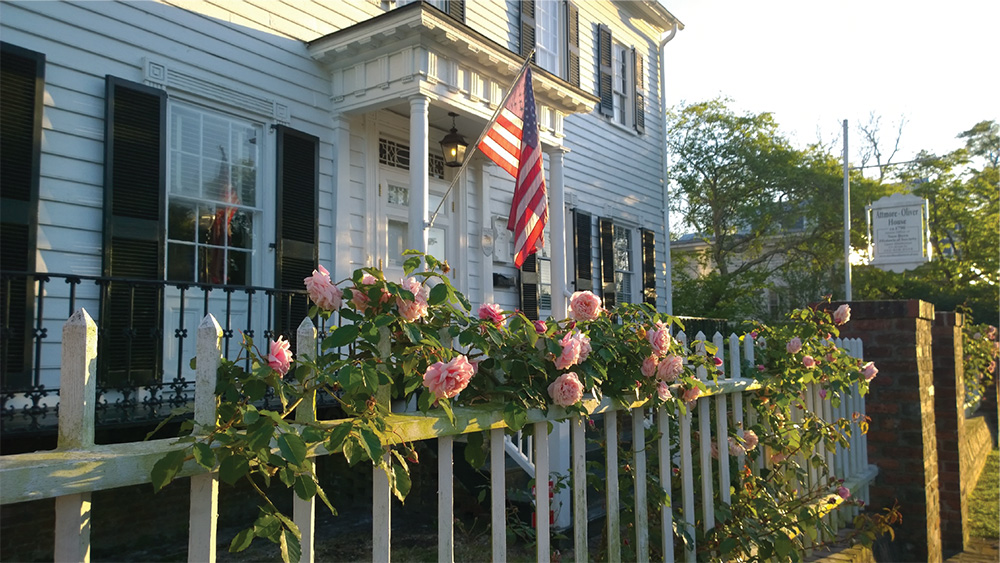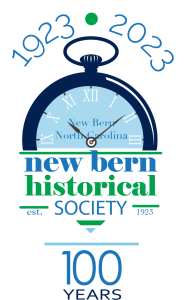During this month in history, one of the biggest celebrations in New Bern occurred at the completion of the Atlantic and North Carolina Railroad from Goldsboro to New Bern on April 29, 1858. Fifty-one men were part of the committee to plan and provide the celebration. John D. Whitford, who was president of the railroad, was named as chairman of the ball committee. William H. Oliver was appointed as entertainment chair and that meant he had the task of finding a way to prepare food for local residents as well as the thousands of guests they were expecting. Mr. Oliver ordered white granite plates, glassware and cutlery from New York. He ordered two thousand pounds of fresh meat and one thousand bushels of oysters. The meat and oysters were delivered on a Tuesday in extremely warm weather. Everyone was afraid the food would spoil, but fortuitously, by the next morning, a heavy snow had fallen so the food was saved, much to the relief of the organizers.
Mr. Oliver arranged for a boat load of fine sweet potatoes; Mr. Sebastian Bangert, the owner of a bakery and confectionery, put them in his oven on Wednesday night and they were ready for consumption on Thursday. Mr. Bangert also baked a large amount of bread to feed the guests.
Visitors arrived in trains from all parts of the state and it was estimated that eight thousand people filled the streets of New Bern. Reverend Francis Hawks addressed the visitors and townspeople at Academy Green. There was a thirteen gun salute, a military parade at the Academy and instrumental music by the United States Band from the ship “Pennsylvania.” Everyone then processed to the Round House at the railroad depot. All were invited to a banquet in the railroad machine shop which was the only facility large enough to hold everyone. Seven long tables were covered with nice white cloth and laden with the dishes, glassware and food provided by almost every household in New Bern. It was all served with champagne and scuppernong wine. Later a ball was held at the railroad depot, and was quite successful. John C. Coart, a local auctioneer, sold the cutlery and glassware at public auction and enough was realized from the sale to cover the initial expense.


